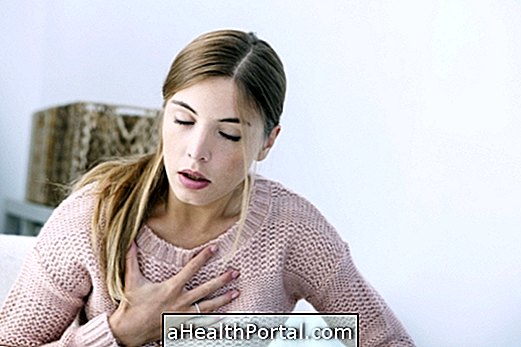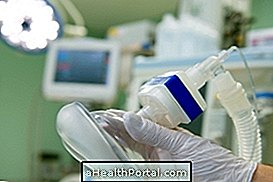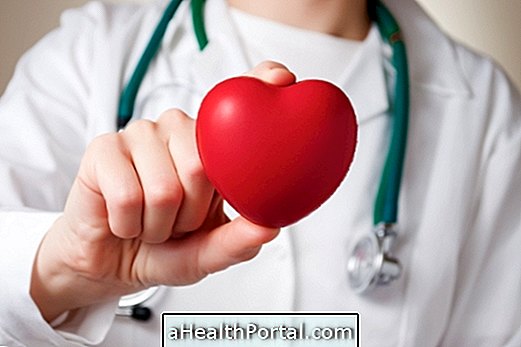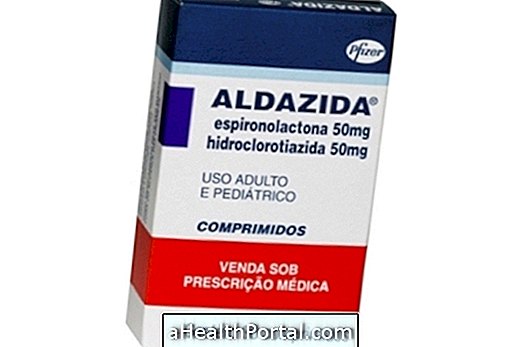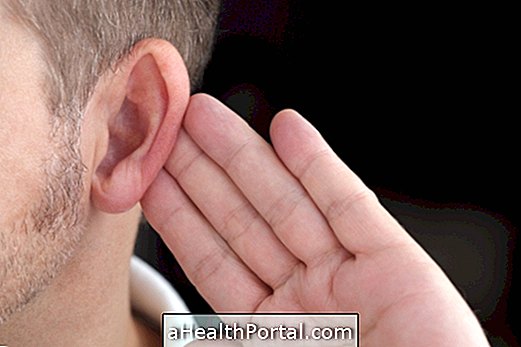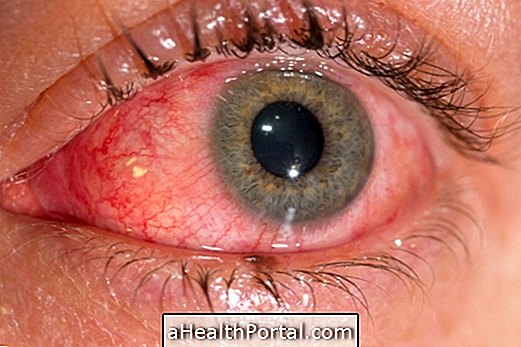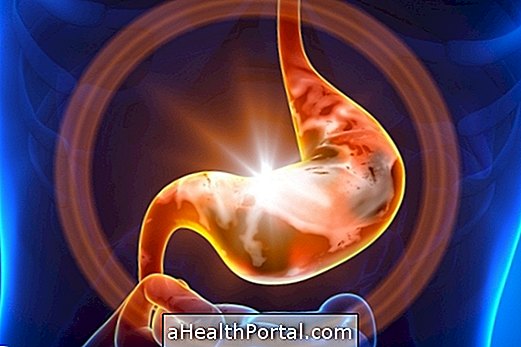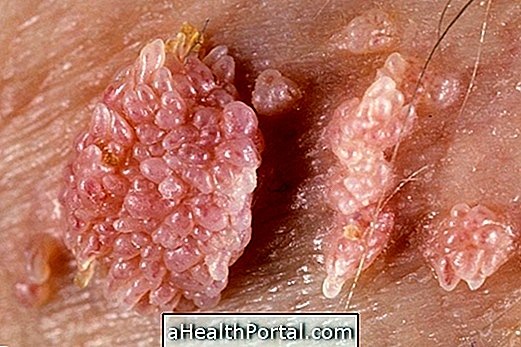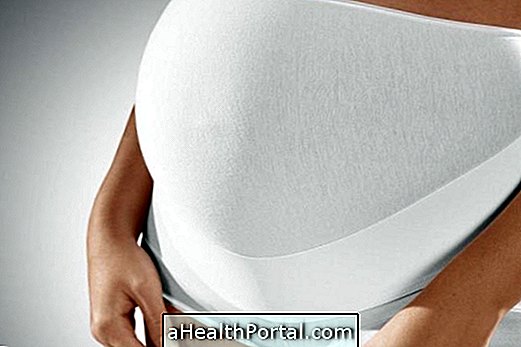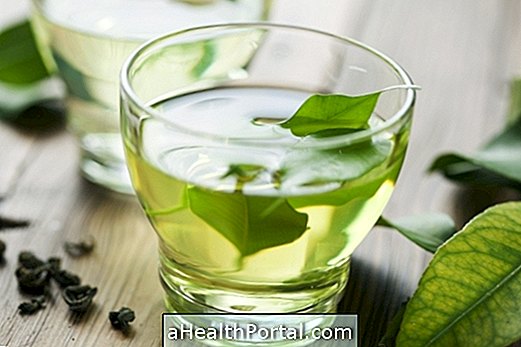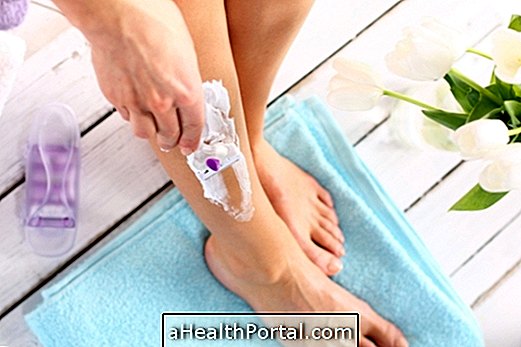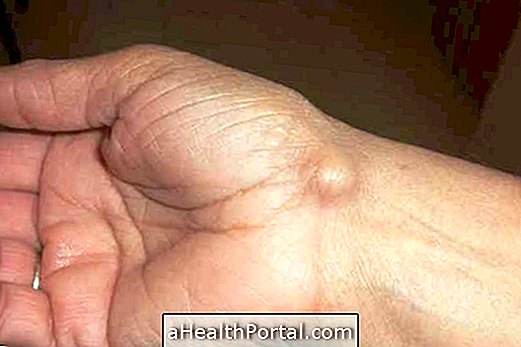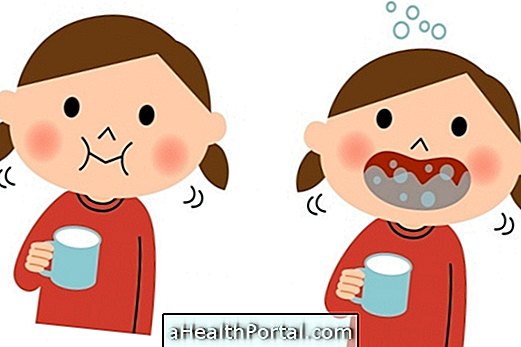To relieve symptoms related to poor circulation, it is recommended to adopt healthy habits, such as drinking 2 liters of water per day, eating a diet rich in foods that stimulate blood circulation like garlic, regularly practicing physical activity, and taking medicines if necessary, according to medical advice.
Treatment begins with dietary and exercise changes, when these guidelines are made for 3 months and do not achieve results it is necessary to consult a cardiologist because poor circulation may originate from a problem of high blood pressure or renal failure. In addition, poor circulation can cause superficial thrombophlebitis, or deep venous thrombosis, which are more serious situations and where medications for treatment are needed.
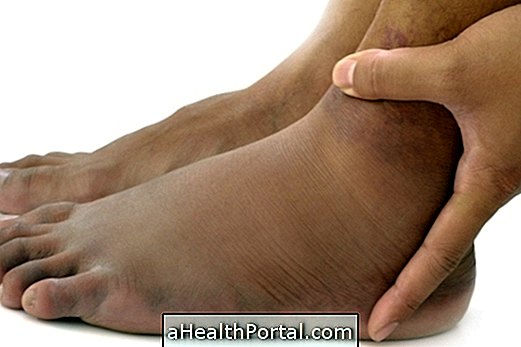
1. How should the food be
To alleviate and avoid symptoms related to poor circulation, it is important to have a proper and balanced diet, since some foods are able to stimulate blood circulation and have antioxidant properties, reducing swelling of the hands and leg, for example.
Thus, it is important to include the daily consumption of fiber, which can be obtained through fruits and vegetables. In addition, foods rich in omega 3, such as salmon, sardines and tuna, make the blood more fluid, facilitating its circulation through the body.
Antioxidant foods, such as almonds and Brazil nuts, for example, protect the vessels and keep them healthy, while potassium-rich foods such as avocado and yogurt help eliminate excess water inside cells, helping to reduce swelling.
It is important that the consumption of salt is avoided or diminished to the maximum to avoid that there is again the entrance of much water in the cells, and to avoid the consumption of alcoholic drinks. In addition, it is important to drink about 1.5 to 2 liters of water a day, as well as practice physical activities on a regular basis, such as hiking, running and swimming. Learn more about food for poor circulation.
2. Drug treatment
In the event of poor circulation resulting from diseases such as diabetes, atherosclerosis or hypertension, for example, your doctor may indicate the use of medicines that treat and alleviate symptoms related to the disease causing poor circulation.
One of the medicines that can be recommended by the doctor is Furosemide, marketed under the name of Lasix, which is a diuretic and antihypertensive drug usually recommended to treat hypertension and swelling due to cardiovascular and renal problems, for example. Due to its properties, the medicine is able to eliminate excess water from the body, reducing swelling and stimulating blood circulation. Learn more about Furosemide.
3. Natural treatment
The natural treatment to resolve the symptoms of poor circulation involves some practical measures, such as keeping your legs elevated when sitting to improve venous return and avoid staying too long in the same position, lifting every two hours to stimulate circulation, for example.
In addition, compression elastic stockings may be indicated as they stimulate circulation, or lymphatic drainage, for example, which is a type of massage that helps to eliminate excess fluid and toxins from the body, swelling. Learn more about natural treatment for poor circulation.
